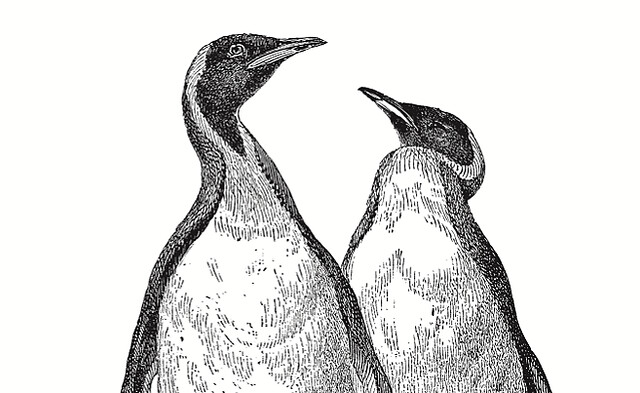Chordata

King Penguin
Aptenodytes patagonicus


7 POINTS
Play: Aptenodytes patagonicus has a MOVE of 2
Fact: Aptenodytes patagonicus was once hunted for oil, blubber, eggs and skins.

Père David’s deer
Elaphurus davidianus


3 POINTS
Play: Elaphurus davidianus has a MOVE of 2
Fact: Elaphurus davidianus is a semiaquatic animal that prefers marshland, and is native to the subtropics of China

Asian Paradise Flycatcher
Terpsiphone paradisi


7 POINTS
Play: Terpsiphone paradisi has a FLIGHT of 2
Fact: Terpsiphone paradisi catches its food on the wing, thanks in part to its quick reflexes and sharp eyesight.

Large Flying Fox
Pteropus vampyrus


6 POINTS
Play: Pteropus vampyrus has a FLIGHT of 2
Fact: Pteropus vampyrus is one of the largest bat species

North Atlantic Right Whale
Eubalaena glacialis


8 POINTS
Play: Eubalaena glacialis has a MOVE of 2
Fact: Eubalaena glacialis feeds on Zooplankton or Krill SPECIES cards.

Lanternfish
Electrona carlsbergi


5 POINTS
Play: Electrona carlsbergi has a MOVE of 2
Fact: Electrona carlsbergi can also feed on a Zooplankton SPECIES card